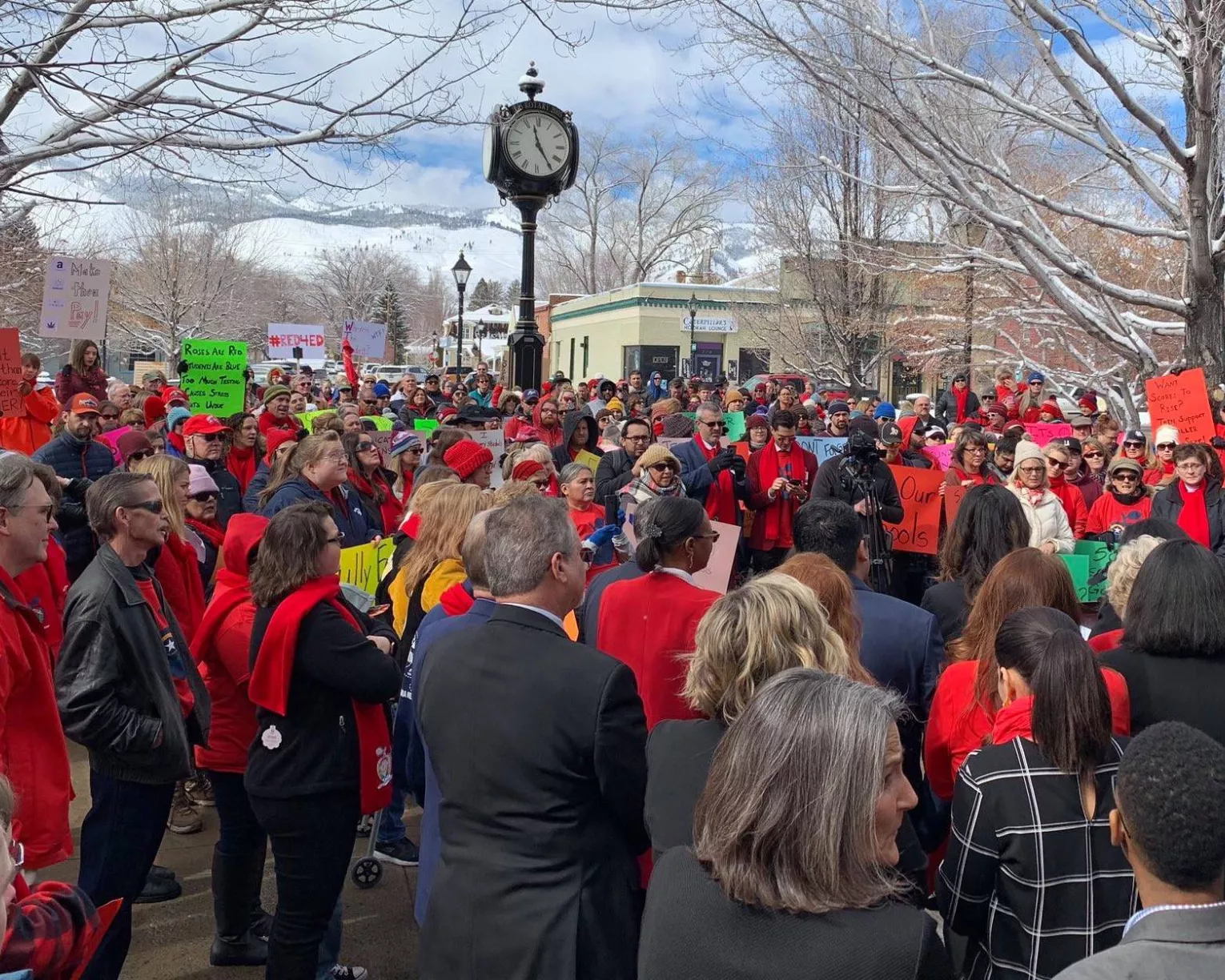You may have seen news about an executive order issued by President Trump on his first day in office, which seeks to regulate people’s gender and strip away protections against discrimination based on gender identity and expression. You should know that the President does not have the authority to rewrite federal civil rights laws through an executive order, Accordingly, the President’s order does not – and cannot – repeal existing laws that make it illegal to discriminate against transgender, intersex or nonbinary people.
Title VII of the Civil Right Act, which prohibits employment discrimination based on sex, and the Supreme Court’s decision in Bostock v. Clayton County, which affirmed that “based on sex” includes sexual orientation and gender identity, are still the law of the land. Title IX, a federal statute which prohibits sex-based discrimination in education, also remains the law of the land. Many courts have affirmed that the Supreme Court’s Bostock ruling applies to Title IX. The executive order does not change these laws.
Instead, the executive order directs the actions of various government agencies, including the Department of Education, to do certain things through policy documents and regulations.
The Title IX regulations that are now in effect make clear that LGBTQI+ students are protected. Although the Biden Administration’s Title IX regulations are currently vacated by a court order, the 2020 Trump Administration rules that are now in effect state:
These final regulations focus on prohibited conduct, irrespective of a person’s sexual orientation or gender identity. . . . These final regulations include sexual harassment as unwelcome conduct on the basis of sex that a reasonable person would determine is so severe, pervasive, and objectively offensive that it denies a person equal educational access; this includes but is not limited to unwelcome conduct of a sexual nature and may consist of unwelcome conduct based on sex or sex stereotyping. The Department will not tolerate sexual harassment as defined in [the regulation] against any student, including LGBTQ students. 85 FR 30026, 30179 (2020).
If agencies act to roll back rights or propose new rules that are not consistent with existing law, these actions will be challenged in court.
In addition to federal laws, many states and localities have strong laws protecting LGBTQI+ people at work and in school. Many school districts have policies that prohibit bullying and harassment of LGBTQI+ students, and that affirmatively create welcoming, inclusive and safe environments for all students.
Below are know-your-rights checklists. For more information, please visit NEA’s LGBTQI+ guidance.
What's On Your Mind?
